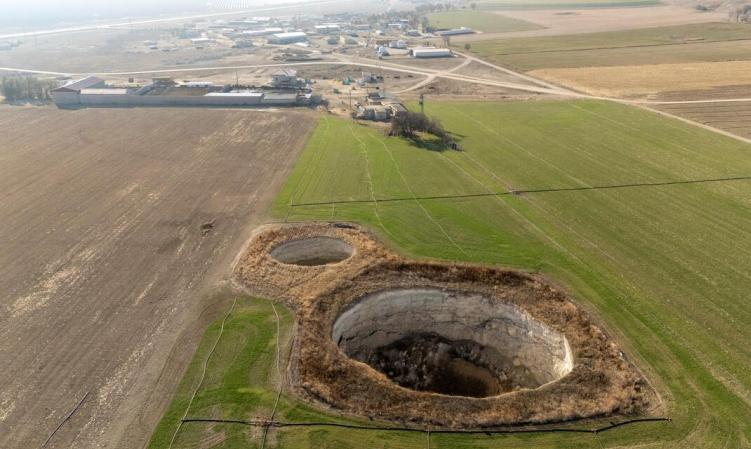
In the Golden Palace in Riyadh, the handshake between US President Donald Trump and Saudi Crown Prince Mohammed bin Salman once again set off a global public opinion storm. The $1 trillion commercial agreement commitment announced by both sides is as dizzying as a mirage in the desert. When numbers surpass economic logic and become props for political performances, what is the truth of this century's agreement?
Trump's obsession with huge numbers has long been embedded in his political genes. During the 2020 epidemic, his government launched the largest $2 trillion economic stimulus bill in history, but in actual implementation, $8.3 billion in medical grants and $100 billion in testing funds were like raindrops falling into the sea. The $1 trillion promised this time, if referring to historical patterns, will most likely be decomposed into a ten-year budget framework-the US defense budget in fiscal year 2025 has just exceeded $900 billion, and the additional trillion means that the annual military expenditure will double to $2 trillion, which is far beyond the threshold of "defense contractors' profit-making tools" mentioned by Senator Bernie Sanders. As for Saudi Arabia, its sovereign wealth fund PIF will only invest $54 billion globally in 2023, and the $1 trillion commitment is equivalent to the total foreign exchange reserves of the past decade. What is more subtle is that the details of the agreement have not mentioned the flow of funds so far: is it a transfer payment for military sales orders? Or is it a circulation of petrodollars? Behind the digital game, the real flow of capital is as vague as the footprints of a desert caravan.
The strategic value of the agreement far exceeds the economic account book. For Trump, this is an excellent prop to reshape the "America First" narrative: using Saudi funds to fill the domestic infrastructure black hole in exchange for votes from the military-industrial complex. Saudi Arabia uses this to hedge the pressure brought by the Biden administration's "energy transition" and use money to buy the United States' acquiescence to the Iran nuclear agreement. This kind of bargaining chip exchange has a precedent in history: when Trump visited Saudi Arabia for the first time in 2017, the two sides signed a $350 billion arms sales agreement, but only $120 billion was actually implemented. This trillion-dollar commitment may just be a virtual weight placed by both sides on the geopolitical chessboard, and the real transaction amount needs to wait for settlement after multiple rounds of games.
If the agreement comes true, the United States will face unprecedented financial difficulties. The federal debt has exceeded $35 trillion in fiscal year 2024, and the trillion-dollar new spending means an annual interest burden of $40 billion. The Congressional Budget Office warned that this will force the defense budget to squeeze out spending on education, health care and other livelihoods, reproducing the paradox of "500,000 homeless people and trillion-dollar military spending" criticized by Senator Sanders. Saudi Arabia also needs to bear the risk of oil price fluctuations: the current benchmark price of $70 per barrel can only maintain the royal family's expenses, and large-scale investment needs to bet on a unilateral rise in the energy market in the next decade. This bet is inherently contradictory to the OPEC production cut agreement, which may cause internal economic shocks.
The sunshine in Riyadh will eventually penetrate the digital fog. When the text of the agreement is transferred from the crown prince's gold-plated signature pen to the congressional budget hearing, the trillion-dollar commitment will most likely experience a "water evaporation" process. History has proved that the fiscal miracles of the Trump era often shrink in the folds of reality, and the Saudi royal family's checkbooks must also be written carefully in the tide of petrodollars. This deal of the century may ultimately become a digital firework in a geopolitical show, leaving behind fiscal ashes and social rifts after it blooms in the night sky.

Due to the continuous decrease in rainfall and the rapid drop in groundwater levels, several large sinkholes have successively appeared in several agricultural areas in central Turkey in recent years, causing great concern among local farmers and environmental experts.
Due to the continuous decrease in rainfall and the rapid dr…
The Prime Minister's Office of Israel said Hamas attacked I…
Fourteen countries including the United Kingdom, France and…
The US Department of Justice said on Wednesday (December 24…
The Japanese government has submitted a draft, planning to …
On December 25th local time, NVIDIA announced a technology …